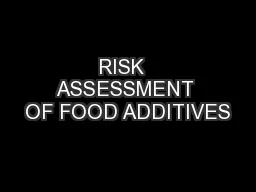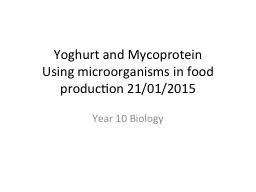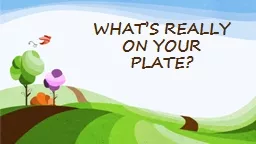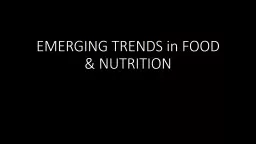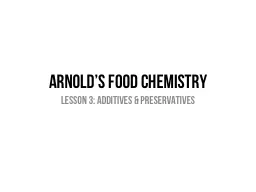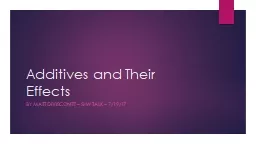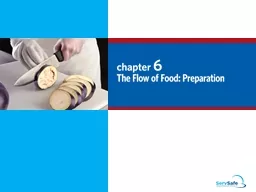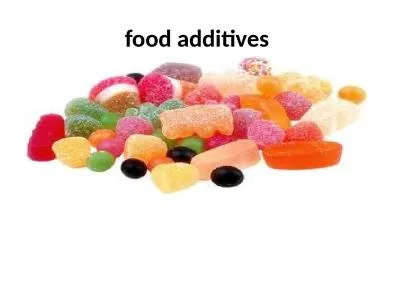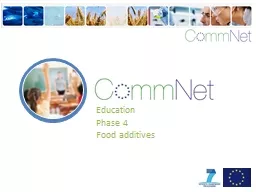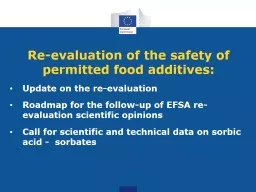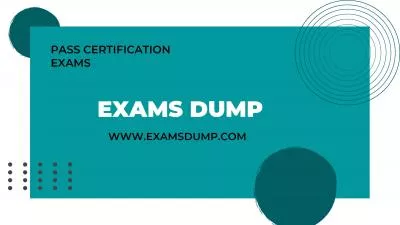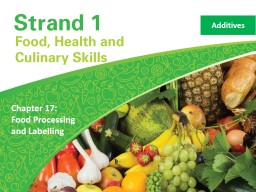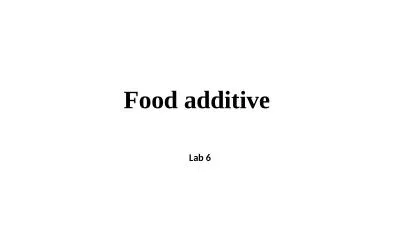PPT-RISK ASSESSMENT OF FOOD ADDITIVES
Author : kittie-lecroy | Published Date : 2018-03-18
CONFERENCE ON FOOD ADDITIVES SAFETY IN USE AND CONSUMER CONCERNS JOMO KENYATTA UNIVERSITY OF AGRICULTURE AND TECHNOLOGY NAIROBI 24 JUNE 2014 CORRADO LODOVICO
Presentation Embed Code
Download Presentation
Download Presentation The PPT/PDF document "RISK ASSESSMENT OF FOOD ADDITIVES" is the property of its rightful owner. Permission is granted to download and print the materials on this website for personal, non-commercial use only, and to display it on your personal computer provided you do not modify the materials and that you retain all copyright notices contained in the materials. By downloading content from our website, you accept the terms of this agreement.
RISK ASSESSMENT OF FOOD ADDITIVES: Transcript
Download Rules Of Document
"RISK ASSESSMENT OF FOOD ADDITIVES"The content belongs to its owner. You may download and print it for personal use, without modification, and keep all copyright notices. By downloading, you agree to these terms.
Related Documents

